– 150 years of history at The Royal Children’s Hospital –
A concise and chronological record of the rich and diverse 150-year history of The Royal Children’s Hospital (RCH).
Please feel free to scroll through all 150 years or easily filter information via categories or tags.
The historical images have been sourced from the RCH Archives and Collections, unless stated otherwise.
Images have been chosen to illustrate the subject matter and may not necessarily reflect the date of the event.
The RCH has produced such an immense amount of groundbreaking achievements and we cannot assume to have captured them all here.
Do you think an achievement, person, or event is missing? Please send your suggestion to: archives@rch.org.au. We hope you enjoy exploring!
Showing Events Tagged with: 1930-1939
1930
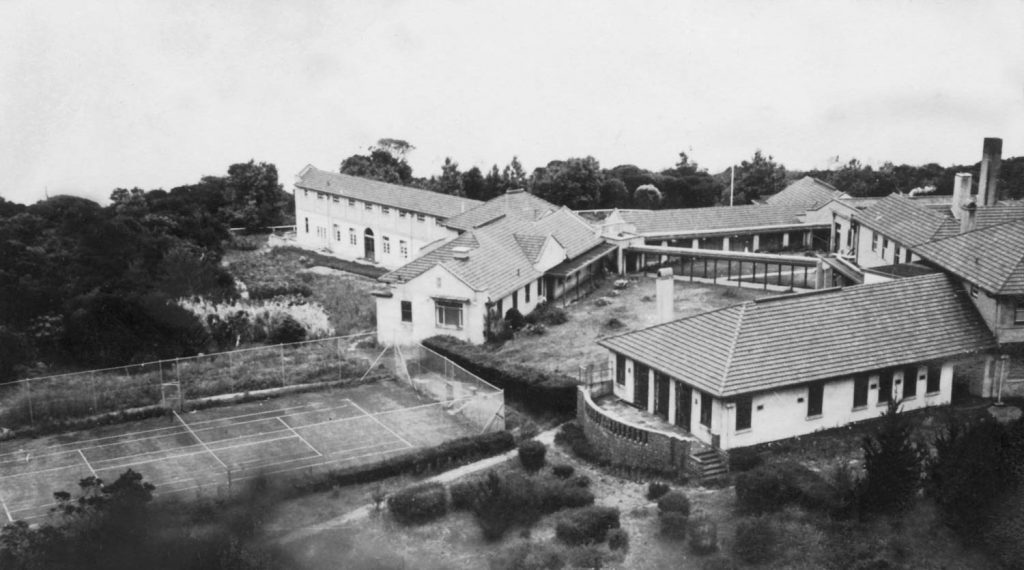
The Children’s Orthopaedic Hospital, Mt Eliza
The Children's Orthopaedic Hospital opened with capacity for 100 beds. Patients with tuberculosis, osteomyelitis, infantile paralysis and polio were provided with a facility specially-designed to meet their needs.

Dr Russell Howard
Howard started as a resident and explored a number of different avenues before focusing on paediatric surgery. He was made chief general paediatric surgeon in 1952 and held this position until his retirement in 1970.
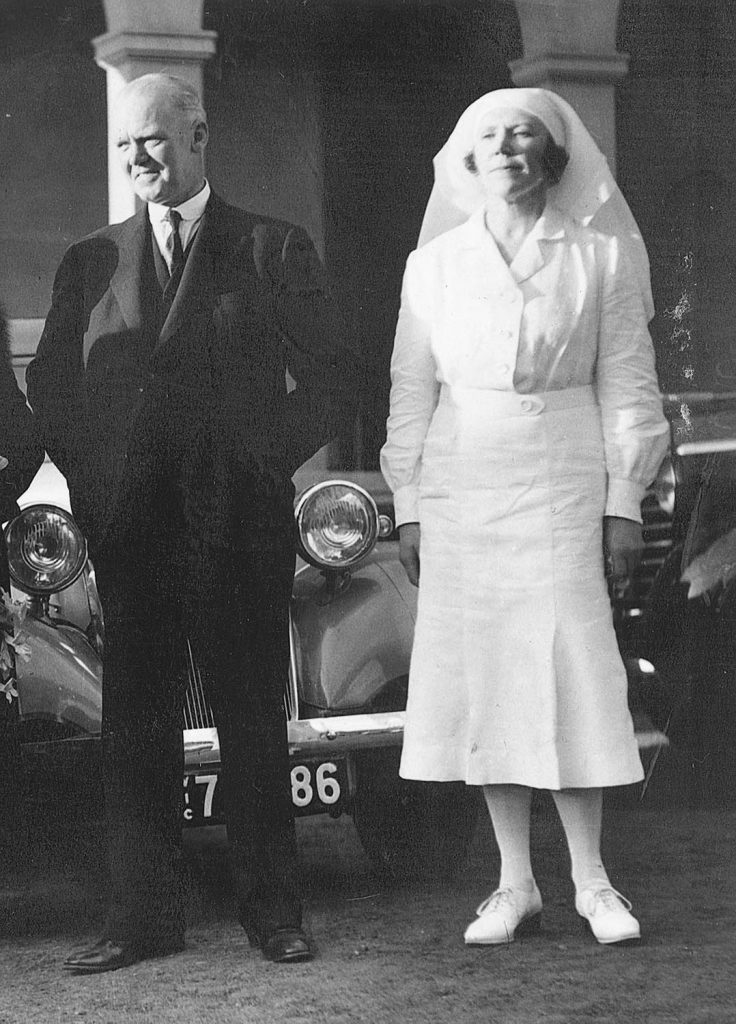
Matron Ina Laidlaw
First matron of The Children's Orthopaedic Hospital. Laidlaw remained in the role until 1950.
1931
Dr Stanley Williams
Williams came to the Children’s as resident, then after more training in England was appointed medical superintendent in 1935. He was an innovative and well-published practitioner.
Launch of the Sporting Globe Carnival
The charity sports carnival continued annually until disrupted by the outbreak of the Second World War. Initially funds raised were shared with the Alfred Hospital, however from 1933 the event became dedicated to the Children’s Hospital and was a precursor for the Good Friday Appeal.

First Social Worker Employed
Isabel Hodge was the first social worker at the hospital, she quickly demonstrated the value of her role.
1932
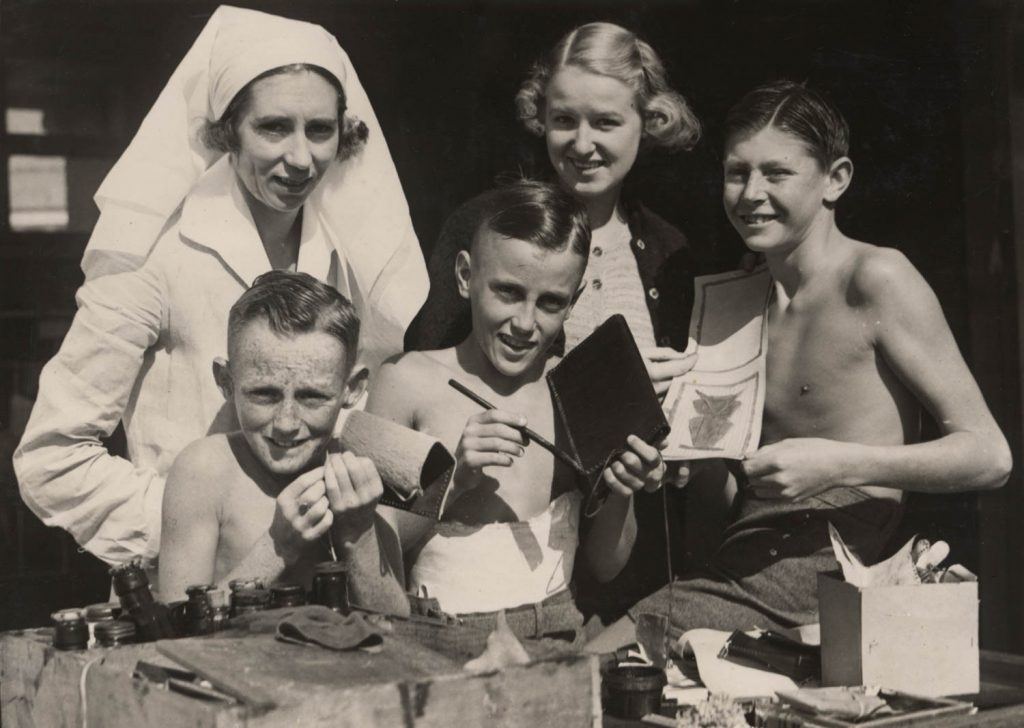
Occupational Therapy
The Children's Orthopaedic Hospital used occupational therapy to help children develop practical skills and strengthen their muscles.
1933

Lady Ella Latham
Involved with the Auxiliaries since 1923 and a committee member since 1926, Lady Ella Latham was elected as president of the Committee of Management in 1933 and held the position until 1954. She guided the hospital through the Depression and the Second World War, and into its modern form.
1935

Craft Hostel Designed for the Children’s Orthopaedic Hospital
A £4,500 donation by Lord Nuffield saw plans for a facility to teach vocational skills to disabled teenagers.
1936

Professor Vernon Collins CBE
Appointed as a physician to inpatients, Collins quickly became medical superintendent. As medical director from 1948 to 1959, he worked closely with Lady Ella Latham to reform the hospital in terms of staffing and patient care. He was with the hospital until 1974.
Ruth Drake
Drake initiated services that became known as Speech Therapy, Audiology, and Psychotherapy. She introduced the hospital to the concept of ‘play therapy’. She was with the hospital until 1964.
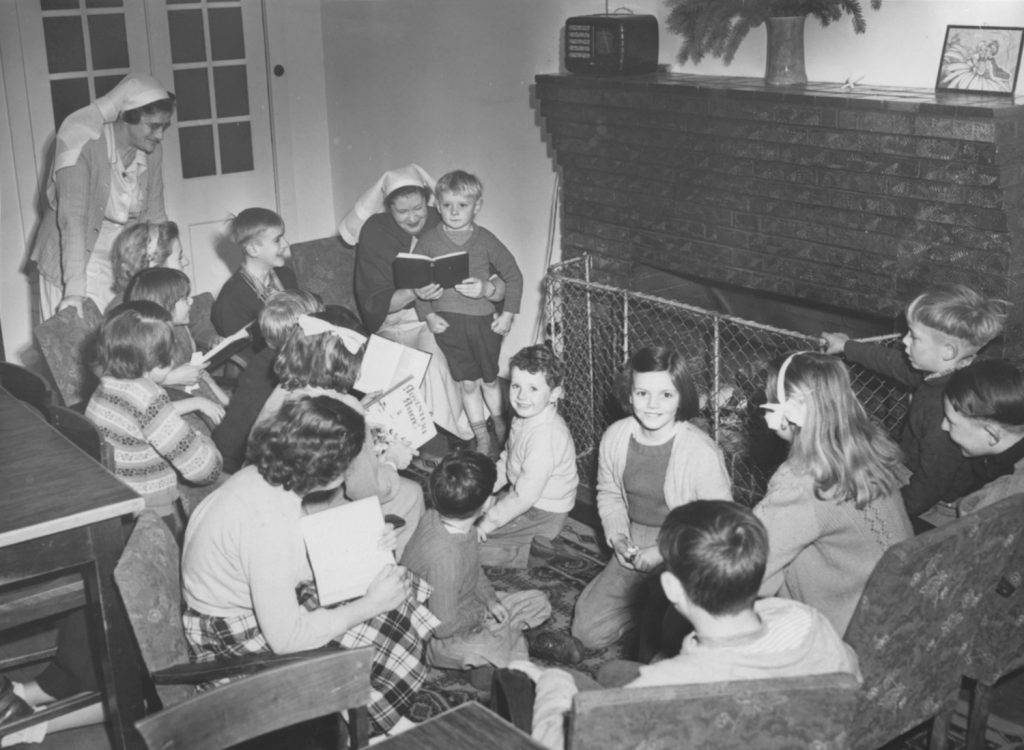
Sherbrooke Convalescent Home
Established with funds generously donated by philanthropist C M Wilson, the Sherbrooke Convalescent Home operated until 1957 and worked as a significant load relief for The Children's Orthopaedic Hospital.
Dr Eric Price
Appointed honorary surgeon at The Children’s Orthopaedic Hospital, Price became chief of orthopaedic surgery from 1946-1962 and developed many procedures for the care of orthopaedic patients.
1937
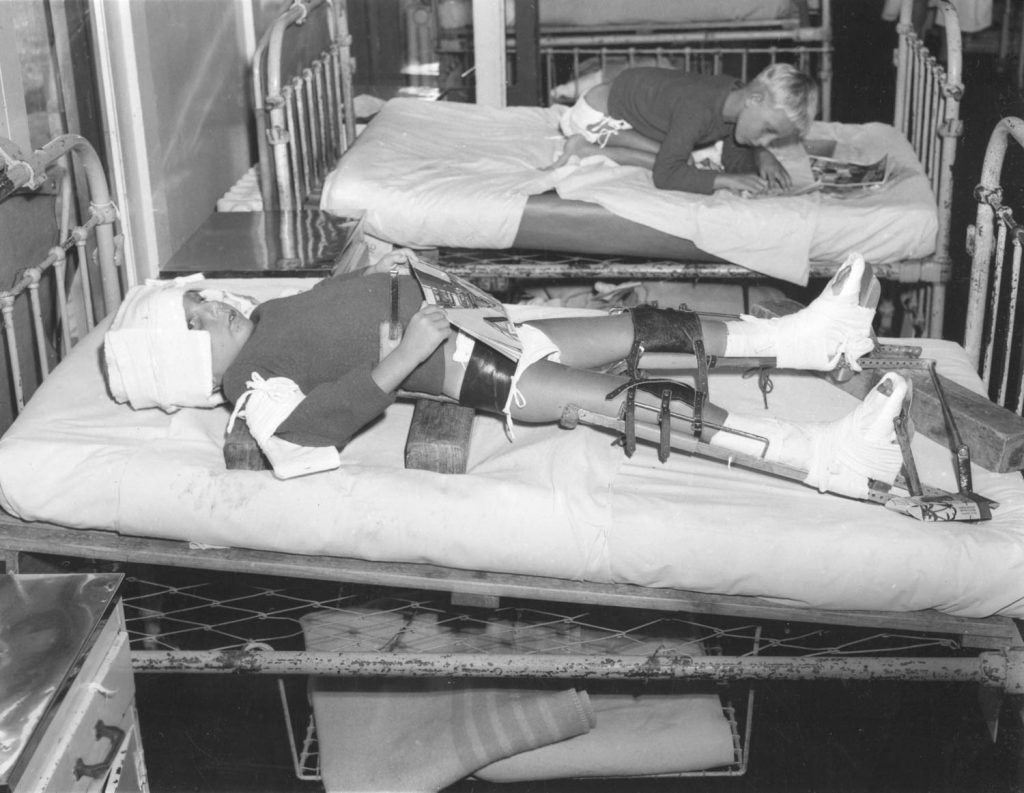
Polio Epidemic
1937 - 1938
There was a rise of poliomyelitis cases in the years between wars. Case numbers had a significant impact on the hospital’s services.
1938
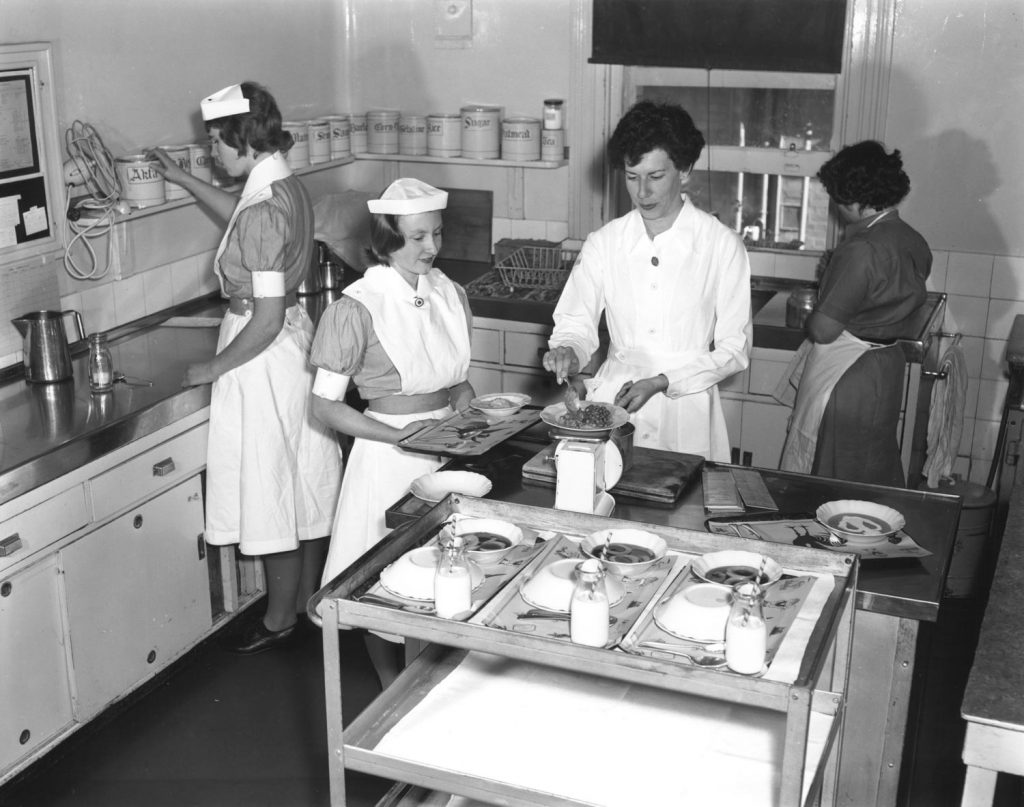
Dietetics Clinic Established
While the department was established in 1938, it wasn’t until 1940 that control of the kitchens and menus was relinquished to the dietetics team.
1939
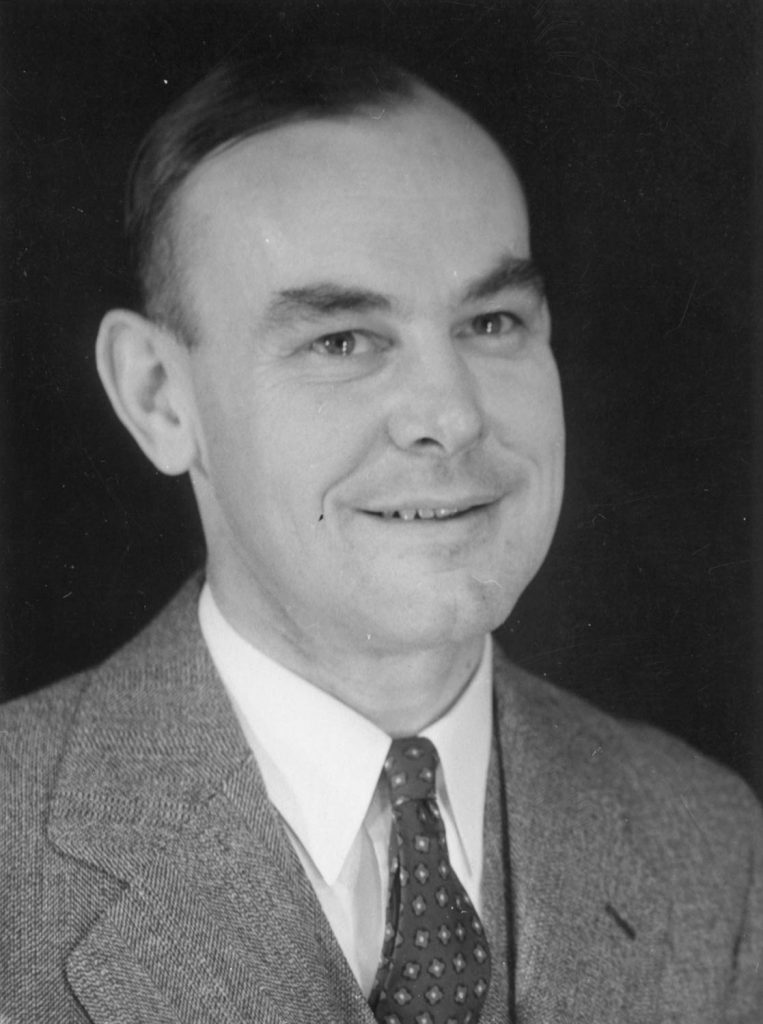
Dr Howard Williams
Appointed medical superintendent, Williams was involved with the hospital until 1975. His clinical paediatric experience and enthusiasm for clinical research had a strong influence on the diversity of services offered by the hospital. In 1948 he was appointed as the hospital’s first full-time director of clinical research.

Speech Therapy Clinic Established
Beginning of the Second World War
September 1st, 1939














